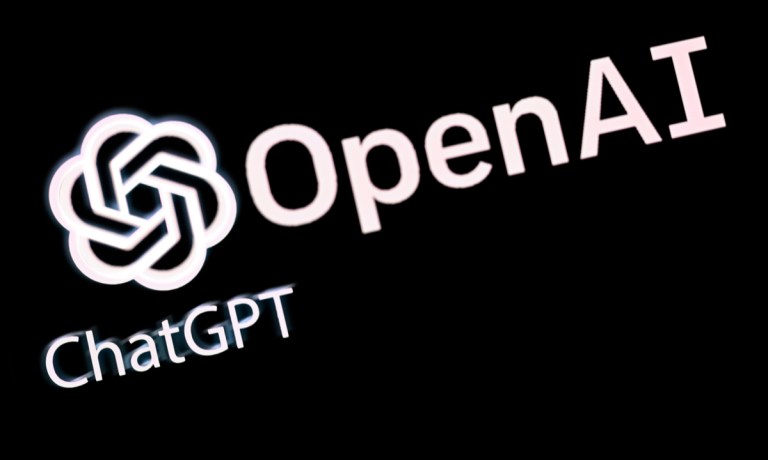
OpenAI may be close to unveiling ChatGPT-5, its latest iteration of large language models, and the artificial intelligence (AI) world is buzzing with possibilities.
The potential release of GPT-5 by OpenAI could mark a pivotal moment in the development of AI technologies, or it could just be another minor upgrade. With expectations of major advancements, experts across various sectors are evaluating how this next-generation model could impact industries from healthcare to finance.
“For commerce, the implications of a more advanced LLM (large language model) like GPT-5 are vast,” Cache Merrill, the founder and CTO of Zibtek, an AI-based software company, told PYMNTS. “We could see significant improvements in customer service bots, offering more coherent and contextually appropriate interactions without human intervention. In digital marketing, content generation could become more sophisticated and tailored, enhancing engagement strategies.
“Furthermore, enhanced LLMs could streamline operations such as contract analysis, risk assessment and more by quickly processing and analyzing large volumes of text-based data with a high degree of accuracy,” he added.
OpenAI’s next big thing could be getting closer to release. Two sources familiar with the matter told Business Insider that GPT-5 could be released this summer. In preparation for its launch, some businesses have reportedly experimented with a demo version to test its improved functionalities.
OpenAI is developing GPT-5, the next iteration of its language model, following the success of GPT-4, the AI engine behind the subscription-based ChatGPT.
GPT, or generative pre-trained transformer, is the foundation of OpenAI’s chatbots, with each new version offering enhanced capabilities. GPT-4 has already demonstrated remarkable abilities in providing human-like responses, image recognition and speech generation. GPT-5 is expected to build upon these features, offering improved personalization, reduced error rates and the ability to handle a wider range of content, including video.
OpenAI is not alone in the race to develop advanced language models. Tech giants like Google and Meta have also released their own LLMs as they compete to push the boundaries of artificial intelligence and natural language processing.
“An enhanced GPT-5 could redefine the state of the art in natural language processing,” Merrill said. “It would not only improve how machines understand and generate human language but also expand their application in areas like automated content creation, real-time translation and personalized communication. This would push the boundaries of AI’s capabilities in understanding context, sarcasm and even cultural nuances, which have been challenging for earlier models.”
Muddu Sudhakar, the CEO of the AI company Aisera, told PYMNTS that current LLMs are good at understanding and creating content. He noted that while current AI can boost productivity, such as in generating marketing materials or creating code, it does have its limitations.
“To push things further, there needs to be effective AI agents,” he said. “These essentially work autonomously to solve problems and take action. It could, for example, accurately plan a trip on your behalf and book the arrangements or automate a complex business process, like the handling of invoices. This is where there can be significant and widespread improvements in productivity.”
In addition to efficiency and accuracy improvements, one of the rumors about the next breakthrough with OpenAI is that GPT-5 might include multi-modal support, which means generating videos, images and audio as an output to any input — like a voice prompt.
“This is both encouraging and concerning,” Derek Wood, the senior director of product marketing at Duality Technologies, told PYMNTS. “We’re already seeing challenges around “trusting” responses from such models due to hallucinations or other reasons.”
Wood mentioned that businesses are limiting the types of prompts their employees can use with ChatGPT due to concerns about business sensitivity and intellectual property protections. This is to ensure that sensitive information remains secure and proprietary rights are maintained.
“As such, will GPT-5 provide greater explainability?” he said. “Better source materials for human validation? Will it indicate which part of responses are from existing sources versus net new responses created by the model? How will it protect sensitive user prompts? The answers to these questions would greatly impact how any future capabilities are received because while they might be able to technically address more use cases, practical business usage will only go so far until the challenges of trust, questions over IP protections, competition with human-created content, and authentication of content are addressed.”